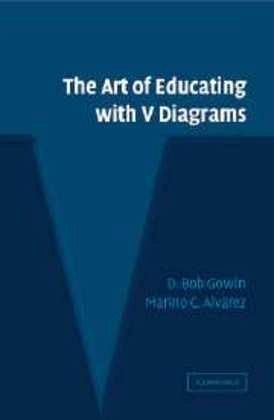
The Art of Educating with V Diagrams

PAYBACK Punkte
26 °P sammeln!
This book focuses on the mind and its ability to seek answers to unknown or unanswered questions. The theory of educating provides the grounding for using V diagrams by students, educators, researchers, and parents. Teachers make lesson plans using V diagrams and concept maps. They become expert coaches in guiding student performances. Students learn to construct their own knowledge. They change from question-answerers to question-askers. Parents share meaning with their children and their children's teachers and administrators. Administrators monitor programs and are in touch with all partici...
This book focuses on the mind and its ability to seek answers to unknown or unanswered questions. The theory of educating provides the grounding for using V diagrams by students, educators, researchers, and parents. Teachers make lesson plans using V diagrams and concept maps. They become expert coaches in guiding student performances. Students learn to construct their own knowledge. They change from question-answerers to question-askers. Parents share meaning with their children and their children's teachers and administrators. Administrators monitor programs and are in touch with all participants in schools and universities. Researchers and evaluators can share records of events and facts. With this theory working in the classrooms and laboratories of many practical places of educating plus extending into the world of technology literacy, The Art of Educating with V Diagrams explains how educating works.













